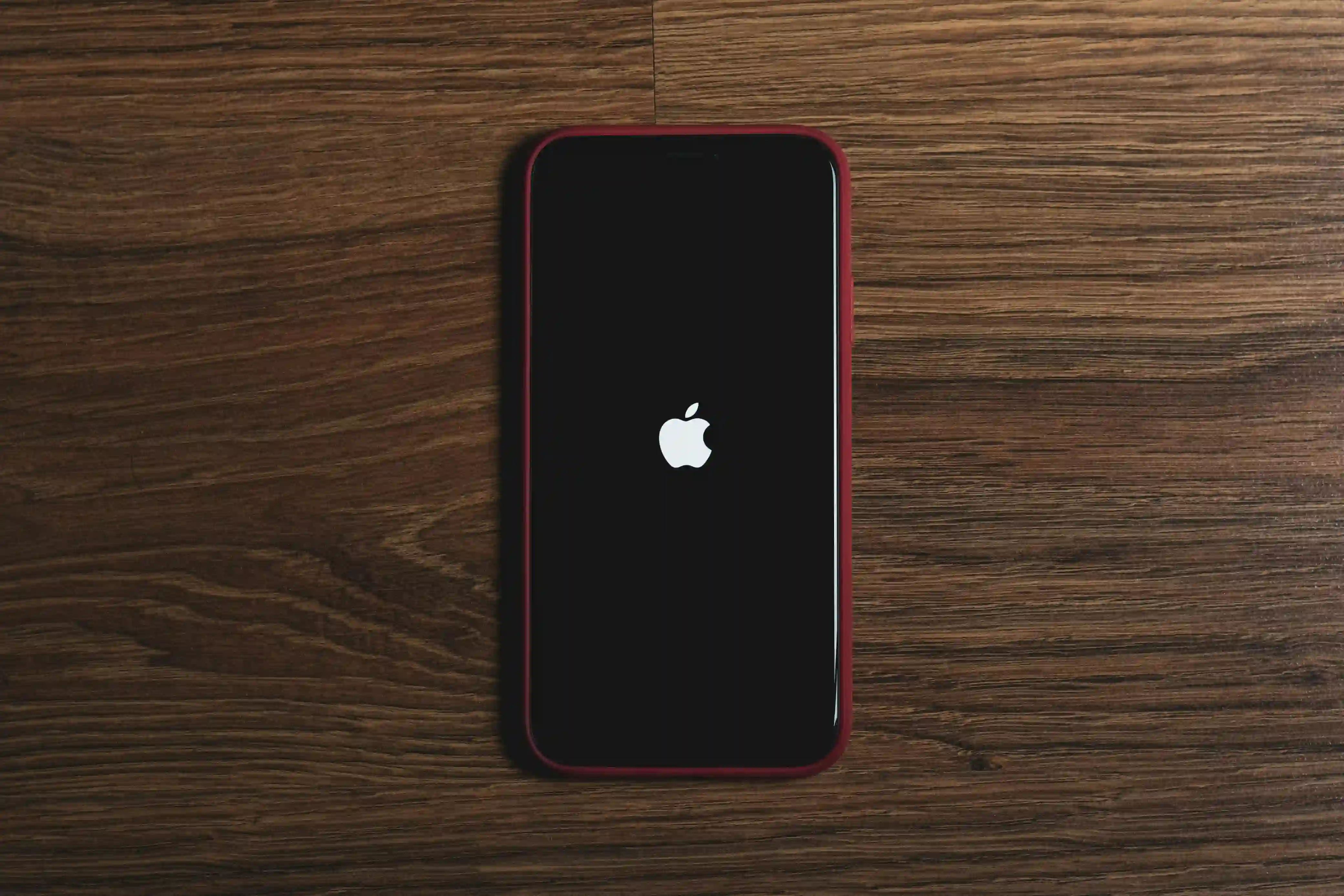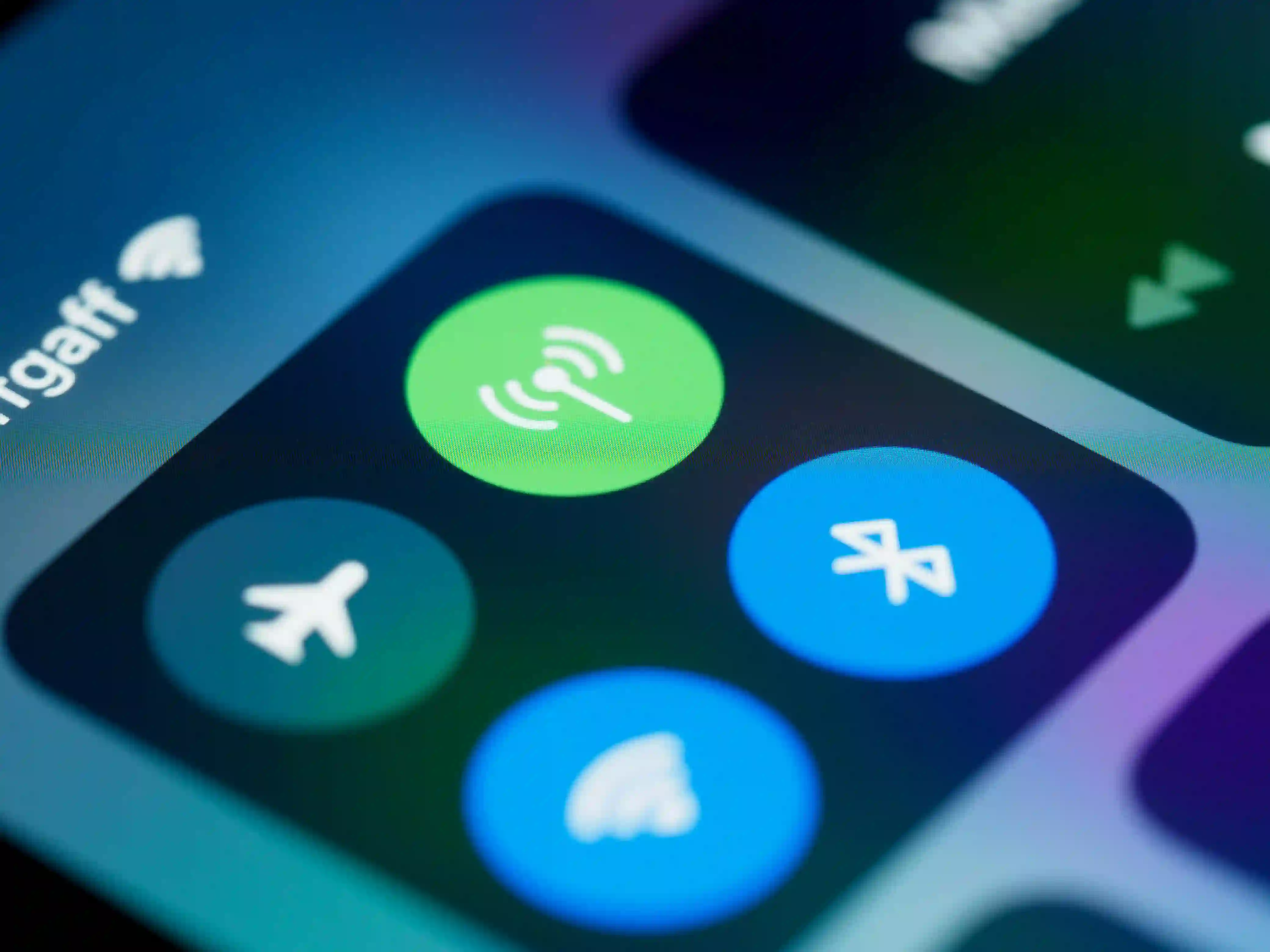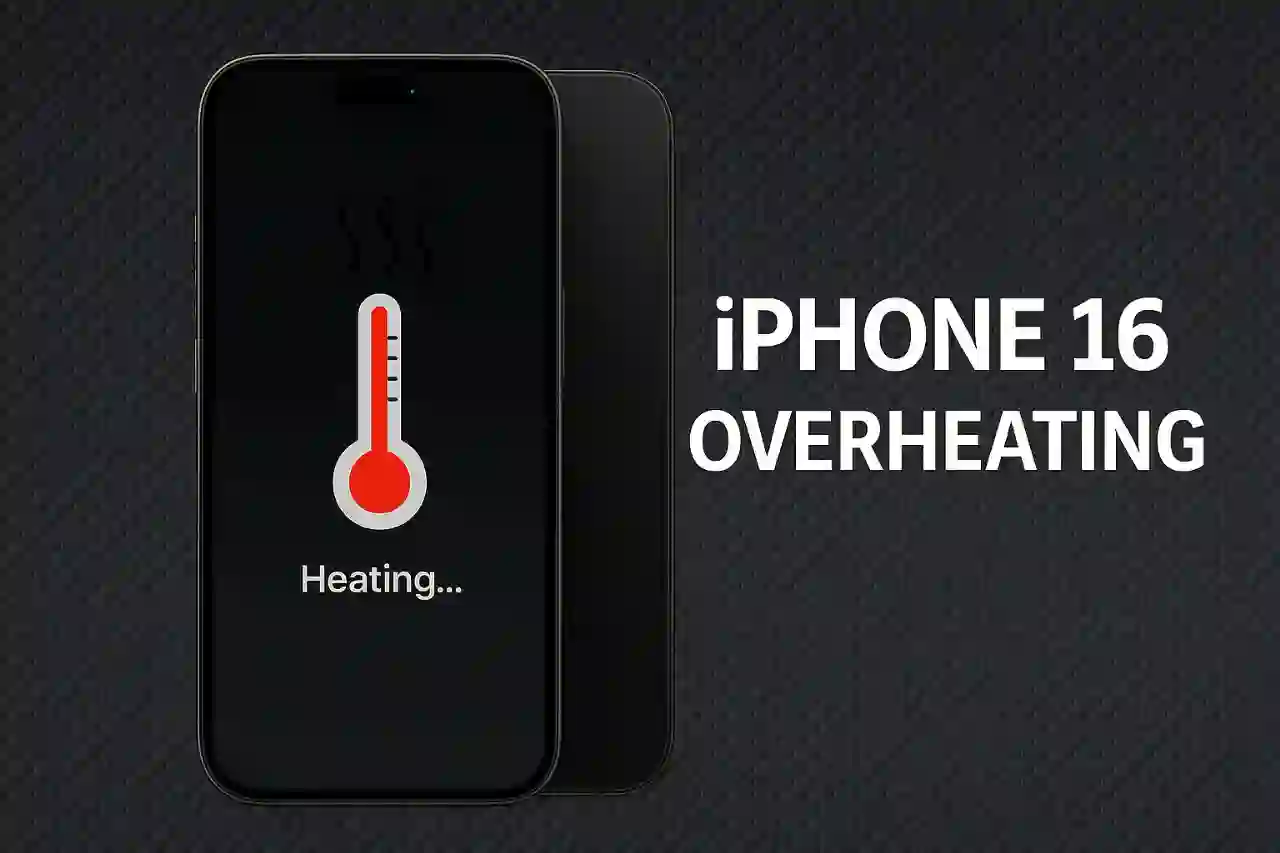Main Recommendation: To prevent overheating issues on your iPhone 16 series, combine immediate fixes (closing apps, avoiding direct sunlight, adjusting settings) with long-term heat management (updated software, optimized usage patterns).
1. Why Your iPhone 16 Gets Hot
iPhone 16 and iPhone 16 Pro Max users report that even basic tasks—calls, messaging, camera use, or charging—can trigger significant heat buildup. Key contributors include:
- Background apps consuming CPU cycles and power. According to Cashify, background processes are a primary cause of unexpected heat.
- Intensive features (Bluetooth, Wi-Fi, Location Services) running continuously as noted in Repair My Phone reports.
- Direct exposure to heat sources or sunlight raising external temperature beyond the recommended 0–35 °C operating range, as highlighted by CNET.
- Post-update indexing and buggy apps after upgrading to iOS 18, which can spike processor load as explained by Tenorshare.

2. Immediate Cooling Fixes
When your device feels too warm, apply these steps in order:
Close Background and Unused Apps
Swipe up from the bottom to open App Switcher and swipe up on each app preview. This frees CPU and RAM, immediately reducing heat generation as recommended by Repair My Phone and Cashify.
Disable Unnecessary Features
Turn off Bluetooth and Wi-Fi when not in use via Control Center. Disable Location Services under Settings > Privacy > Location Services, or toggle off for specific apps causing heating issues as suggested by Tenorshare.
Avoid Direct Sunlight
Move your iPhone 16 series out of hot environments or direct sunlight. Even a few minutes in sun can push internal temperature beyond safe limits as noted by CNET and Asurion.
Remove the Case
Many cases trap heat; temporarily remove any thick or poorly ventilated cover to improve heat dissipation according to Repair My Phone.
Force Restart
Hold the side button and either volume button until the power-off slider appears, then swipe. After powering down, hold the side button to reboot. This clears transient system glitches responsible for sudden heat spikes as explained by Cashify.

3. Preventive Heat Management
For long-term protection against overheating damage and reducing battery life degradation:
- Keep iOS Updated: Regularly check Settings > General > Software Update and install the latest iOS 18 patches, which often include thermal management improvements as noted by Tenorshare and Cashify.
- Close Background App Refresh: Go to Settings > General > Background App Refresh and disable it entirely or selectively for data-heavy apps as recommended on Reddit.
- Monitor and Limit Intensive Usage: Avoid prolonged gaming, high-definition video recording, or resource-intensive apps. If you must, take periodic breaks to let the device cool down as suggested by Thinborne.
- Use Low-Power Mode: Activating Low-Power Mode reduces processor speed and background activity, lowering heat production and extending battery health.
- Regular Restarts: Periodically restart your iPhone to clear cache and prevent software quirks that may contribute to heating issues as discussed in Apple Discussions.

4. When to Seek Professional Help
If overheating persists despite the above measures—especially if accompanied by rapid battery drain or unexpected shutdowns—it may signal a hardware fault. Contact Apple Support or visit an authorized service provider to rule out defective components as recommended by Apple Support videos.
Important Warning
Never put your iPhone in the refrigerator or freezer to cool it down. Rapid temperature changes can cause condensation inside the device, leading to water damage and permanent hardware failure.
Conclusion
By integrating these heat management practices—closing apps, avoiding direct sunlight, adjusting settings, and keeping iOS 18 optimally tuned—you can effectively prevent overheating and safeguard your iPhone 16 Pro Max's performance and battery life. Remember that occasional warmth during intensive tasks is normal, but consistent overheating requires attention.
